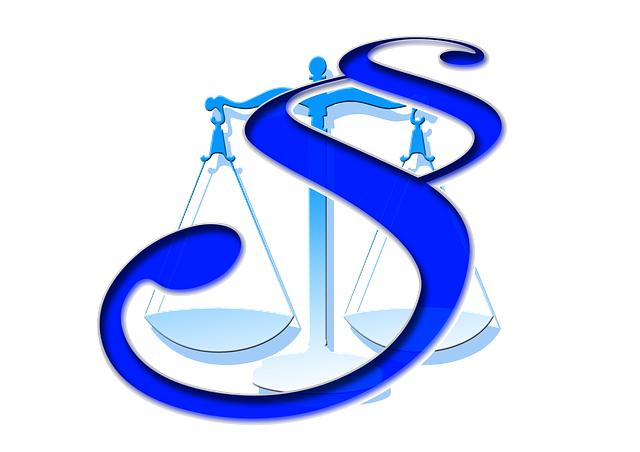Proper lighting in law offices is a key component of enhancing productivity and reducing eye strain for legal professionals. By balancing ambient and task-specific lighting, optimizing workspace layout, and leveraging ergonomic principles, law office equipment can be configured for maximum efficiency and comfort. Smart lighting solutions further revolutionize the environment, offering energy savings, precise control, and tailored atmospheres to improve focus and well-being.
Illumination plays a pivotal role in fostering productivity within law offices. This article guides you through the essential aspects of selecting optimal lighting solutions for such professional settings, ensuring a conducive environment for attorneys and staff. We explore tailored lighting options for diverse workspaces, emphasizing ergonomics, visual comfort, and efficiency. Discover how smart lighting technologies can revolutionize your law office equipment, enhancing overall performance while reducing energy consumption.
- Understanding Lighting Needs in Law Offices
- Types of Lighting for Different Workspaces
- Ergonomics and Visual Comfort Considerations
- Enhancing Efficiency with Smart Lighting Solutions
Understanding Lighting Needs in Law Offices
Lighting plays a crucial role in creating an environment conducive to productivity and focus in any workspace, especially in law offices where attention to detail is paramount. Understanding the specific lighting needs of this professional environment is essential for equipping it with optimal illumination solutions. Law office equipment, such as computers, documents, and reading materials, require adequate lighting to ensure clear visibility and reduce eye strain.
The layout of the office space, including the placement of desks, chairs, and natural light sources like windows, should be considered when selecting lighting fixtures. Balancing ambient general lighting with task-specific lighting is key. General lighting ensures a well-lit and comfortable atmosphere for movement and conversation, while task lighting focuses on specific areas like reading or writing, enhancing productivity without causing eye fatigue.
Types of Lighting for Different Workspaces
In a well-lit law office, proper illumination goes beyond aesthetics; it’s a key component in fostering productivity and reducing eye strain for legal professionals who spend long hours poring over documents and research materials. When selecting lighting for different workspaces within your law office equipment setup, consider these options.
For open plan areas designed for collaborative work or conferences, overhead fixtures or pendant lights are ideal choices. These distribute light evenly across the space, promoting clear communication during meetings. In individual offices or home-based legal practices, task lighting like table lamps or floor lamps can be more suitable. This targeted approach ensures lawyers have ample illumination directly over their work surfaces, minimizing glare and eye fatigue.
Ergonomics and Visual Comfort Considerations
Ergonomics play a significant role in creating a productive work environment, especially in a law office where long hours and intense focus are common. The right lighting system should align with ergonomic principles to reduce eye strain and promote comfort. Adjustability is key; adjustable desks and lighting allow for personalized settings that cater to individual preferences and tasks. For instance, task lighting focused on specific areas can help lawyers read documents without causing fatigue.
Visual comfort goes hand in hand with ergonomics. Soft, diffused lighting minimizes glare, which can cause eye irritation and headaches. Natural light is ideal, but during limited daylight hours, LED lights that mimic natural daylight spectrum can significantly improve visual acuity and overall well-being. Additionally, incorporating dimmable switches enables users to control light levels, providing a flexible environment that supports both concentration and relaxation.
Enhancing Efficiency with Smart Lighting Solutions
In today’s digital era, smart lighting solutions are transforming law offices into more efficient and productive workspaces. These innovative systems go beyond basic illumination; they adapt to the dynamic needs of legal professionals. For example, sensors can detect the presence of occupants and adjust light levels accordingly, preventing wasted energy. This not only reduces utility costs but also contributes to a greener office environment, aligning with many law firms’ sustainability goals.
Moreover, smart lighting allows for precise control over color temperature and intensity. Warmer tones can foster a relaxing atmosphere during breaks or late-night work sessions, while cooler lights stimulate focus and concentration during the primary working hours. Such adaptability in lighting conditions directly enhances productivity, making it easier for legal teams to manage deadlines and cases efficiently. With smart law office equipment like this, firms can create an optimal environment for their staff to thrive.
When equipping your law office, lighting is an often-overlooked but critical component. By understanding your space, choosing the right types of lighting, prioritizing ergonomics and visual comfort, and embracing smart solutions, you can enhance productivity among staff while creating a welcoming environment for clients. Investing in high-quality law office equipment, including strategic lighting, pays dividends in both efficiency and overall satisfaction.
